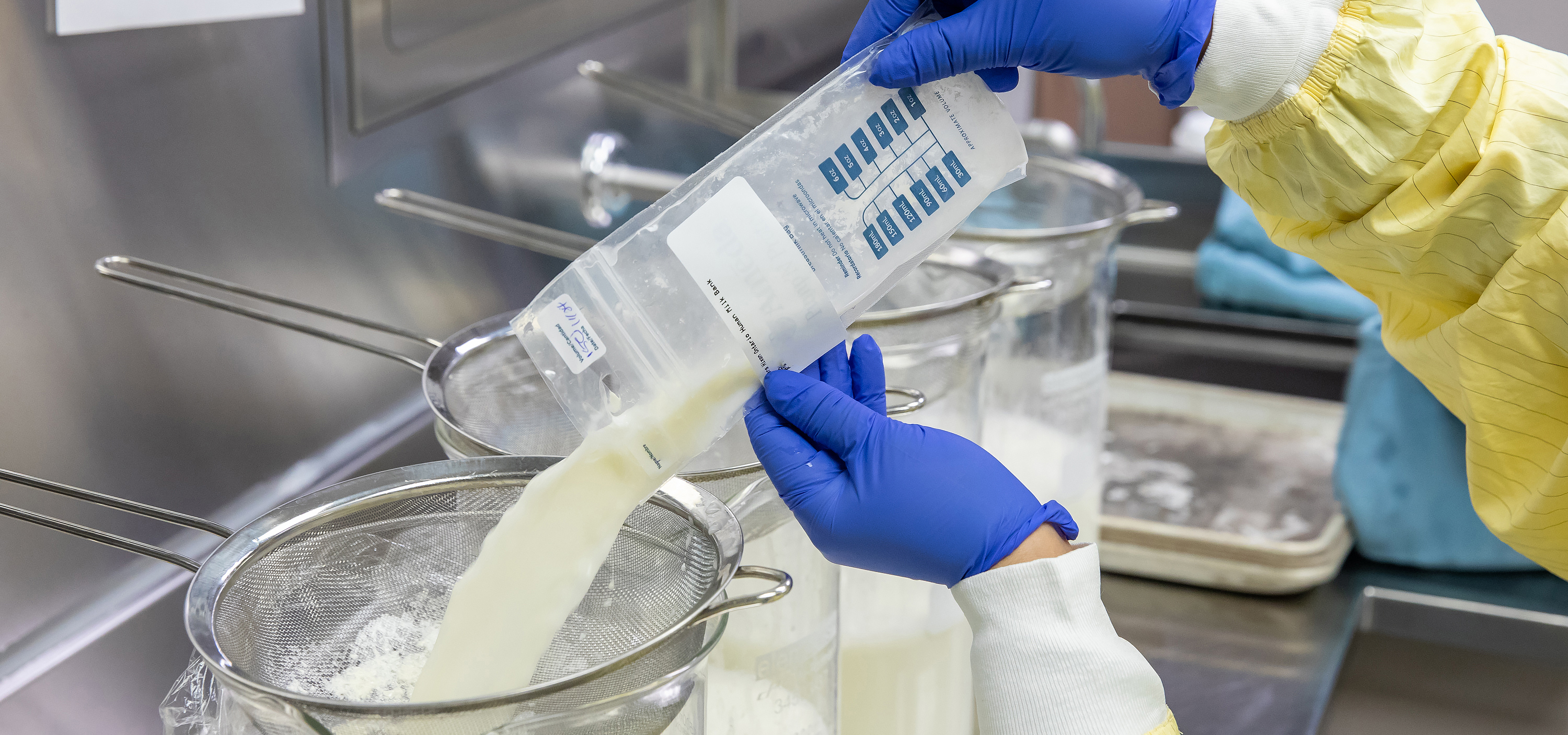How AI is being used to optimize the macronutrient content of pooled human donor milk

The Rogers Hixon Ontario Human Milk Bank pools and pasteurizes milk from three to five screened donors every day to create a final “recipe” of milk that optimizes nutrition, critical to the neurological development of preterm infants.
“For a variety of reasons, many hospitalized infants do not have a full supply of mother’s milk. In this instance human donor milk can be lifesaving particularly as it helps to protect preterm infants from necrotizing enterocolitis, a life-threatening bowel disease,” says Dr. Sharon Unger, a neonatologist and the medical director of the Rogers Hixon Ontario Human Milk Bank.
Currently, many milk banks, including the Rogers Hixon Ontario Human Milk Bank, rely on individual decision making when pooling donor milk. Without an approved human milk analyzer in Canada, this can present a challenge in producing a consistent batch of human donor milk that contains sufficient macronutrients for critically ill premature babies in neonatal intensive care units.
A multi-phased study by a team of University of Toronto Engineering researchers, and led by Professor Timothy Chan, introduced a new data-driven optimization model that aims to create optimal donor milk pools through machine learning.
The findings from this study (which also involved a one-year trial at the Rogers Hixon Ontario Human Milk Bank) showed that the use of machine learning improved the fat and protein content in donor milk pools, while cutting the manual recipe creation time by 60 per cent.
For preterm and critically ill infants who have underdeveloped digestive systems, it is especially crucial to ensure that the pasteurized donor milk they are consuming is not overly rich in protein or fat. The team’s optimized recipes help to ensure that each batch of human donor milk meets the protein and calorie needs of preterm infants.
The new data-driven optimization model was recently published in Manufacturing and Systems Operations Management.
“I hope that this research will provide a framework to help milk banks across North America increase the consistency of macronutrient content in their donor milk product. The eventual end goal would be to see a downstream impact of improved growth and developmental outcomes for the infants that receive this donor milk.”
